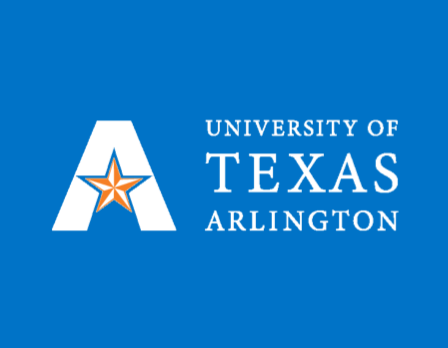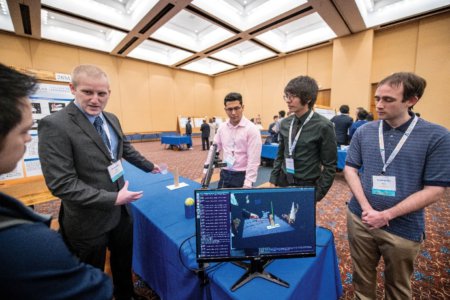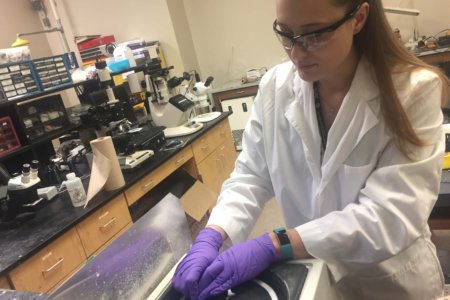Sustainability is more than just a buzzword. It is important to human survival and thriving communities across the globe. Researchers in the College of Engineering at The University of Texas at Arlington (UTA) are making great contributions to sustainability efforts that will have lasting effects on climate, resources and more for years to come.
Sustainable engineering minor
The College’s multi-disciplinary minor in sustainable engineering allows students to positively impact the environment and broaden their job prospects. Engineers with training in sustainability help agencies and industries use energy more efficiently, and reduce their environmental impact.
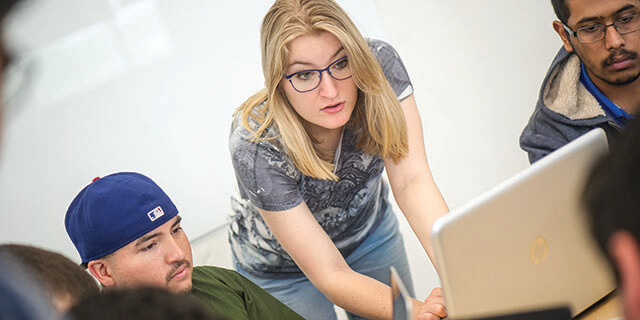
Source: University of Texas at Arlington
They are forward-thinking and work to avoid activities that cause pollution, rather than reacting to problems caused by pollution. Students take two core courses in sustainable engineering, plus one economics elective and three sustainable engineering electives in areas such as architecture, geology, physics and engineering.
Food
Caroline Krejci, industrial engineering assistant professor, is helping to develop a framework for simulations to analyze food, energy and water systems in Iowa that could result in more sustainable cities.
She is creating a social simulation model of farmers and consumers who interact, learn and make decisions about producing or purchasing locally sourced food.
The project will look at how changes in farming and consumer habits could affect climate, environmental and social factors. It also will look at the potential for increased urban agriculture, community gardens and other green spaces within the city that could increase food security, improve energy efficiency in buildings and dissipate heat.
“The hope is to uncover the implications of policies, including what we could do to push farmers to do something, or an action that would convince consumers to pay more for their produce,” Krejci said.
Flooding
As sea levels rise worldwide, coastal areas of the US are experiencing increased flooding, causing damage to infrastructure and natural areas.
Michelle Hummel, assistant professor of civil engineering, is investigating ways to alleviate the flooding by identifying how natural features and nature-based features, along with artificial structures known as gray infrastructure, might be used alone or in combination to control local flood hazards.
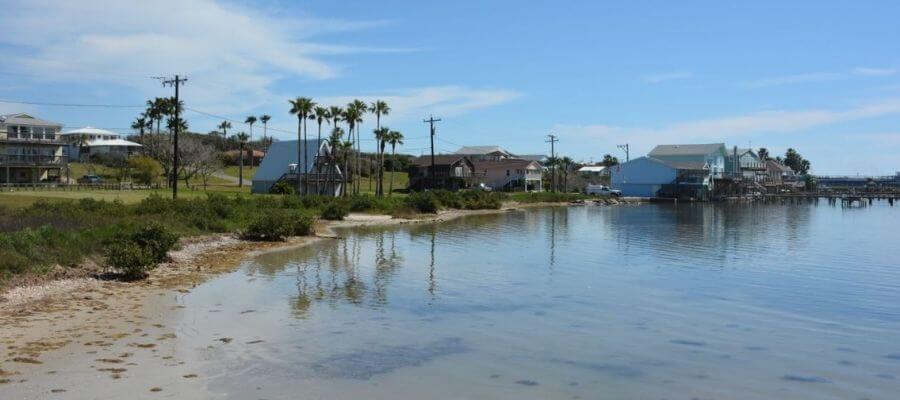
Source: University of Texas at Arlington
“We’re trying to find strategies that will mitigate coastal flooding and be sustainable in the long-term as sea levels rise,” Hummel said. “The critical thing is to understand if nature-based approaches and their benefits are as effective as engineered approaches.”
Gray infrastructure refers to artificial structures such as seawalls and levees, while natural features include sand dunes, marshes and wetlands. Nature-based features combine man-made structures like seawalls with naturally occurring elements, such as marshes.
Efficient lasers
Inside massive data centers, electrical data interconnections consume huge amounts of electricity. But an alternative—semiconductor laser-based optical interconnects—offers an energy-efficient solution for the sustainable power consumption required to keep up with explosive data traffic growth.
Weidong Zhou, an electrical engineering professor, is working to determine the minimum amount of energy required to develop high-speed and energy-efficient lasers based on nanophotonic cavities and nanostructured materials.
Zhou’s research explores carrier dynamics, or the speed at which electrons are distributed and how quickly they change to light in different materials. In lasers, better carrier dynamics leads to better efficiency and greater speed.
“Our goal is to eventually understand and demonstrate new laser structures that will be better than the current state-of-the-art,” said Zhou.
Mining
Artisanal and small-scale gold mining, or ASGM, is a way of life for many small towns in Colombia and Peru, but the decades-old techniques employed by workers may have negative effects on residents’ health and the environment.
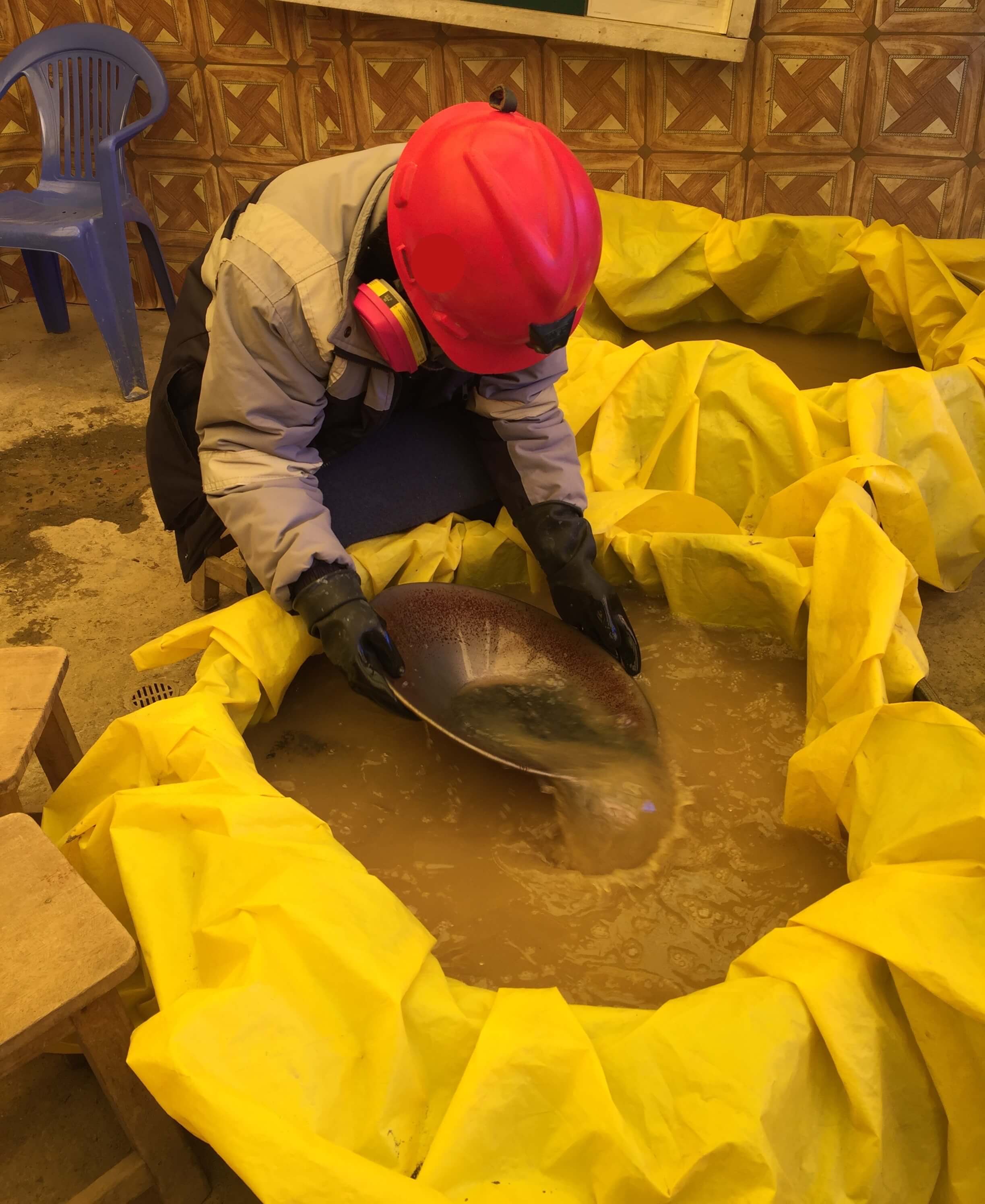
Source: University of Texas at Arlington
Kate Smits, a professor of civil engineering, is working with researchers and educators in those countries to find ways to increase sustainability and lessen the negative effects of mining while allowing the communities to continue their ancestral way of life.
About 30% of all gold used worldwide comes from ASGM sources. This type of mining leads to deforestation and environmental contamination because mercury is used to process the ore.
Smits’ team is working with communities to find out why some suggestions to improve sustainability are accepted when others aren’t.
“We’re talking to people who know what the issues are because they live in these communities,” Smits said. “Students in Peru are doing a lot of the interviews because they’re more in touch with the culture. They’re asking residents what their concerns are and what they want us to work on.”
Recycling filament
3D printing is becoming common worldwide and with it, an increasing amount of plastic filament waste is reaching landfills.
Industrial engineering assistant professor Yiran “Emma” Yang is working with the FabLab at UTA’s Central Library and bioengineering associate professor Yi Hong to develop a novel waste recycling system to be used for thermoplastic wastes that are generated from additive manufacturing.
If successful, the research will greatly aid the closed-loop material flows in additive manufacturing and enhance material usage efficiency. It will also reduce the amount of wasted material sent to landfills and costs associated with purchasing materials that are not fully used.
Solid Waste Institute for Sustainability
Under the direction of Sahadat Hossain, civil engineering professor, the Solid Waste Institute for Sustainability is world-renowned for its research and training in solid waste management and recycling.
SWIS researchers identify common operational issues for solid waste management and work to develop innovative, low-cost, and environmentally sound technological protocols to solve those problems. They also work to improve air quality by capturing landfill gases, reducing greenhouse gas emissions and converting landfill gas emissions to power.
Hossain has also worked extensively with landfill mining, in which landfill operators can eventually reclaim physical space once most of the refuse has decomposed and gas production has declined—which, in an optimized bioreactor, takes only 10-15 years.
“It’s imperative that we receive buy-in from foreign governments and their solid waste officials,” Hossain said. “We’re working with the US State Department to further our mission of adequately managing solid waste in a modern, technologically advanced way.”
Making a difference
These are just a few examples of the College’s research in sustainability. Their faculty and students are making great discoveries, making the world more resilient and reducing the amount of resources used and pollution created. Breakthroughs created in UTA’s labs today will be impactful for generations to come.
Follow The University of Texas at Arlington on Facebook, Twitter, LinkedIn, Instagram, YouTube






